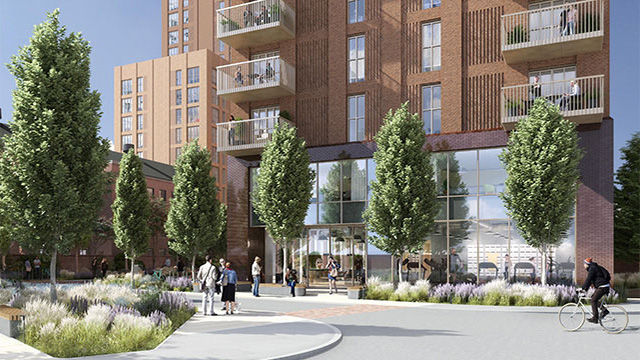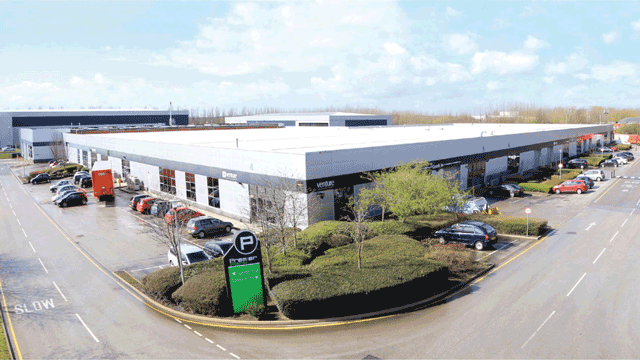The East Midlands is experiencing mixed fortunes as it tries to shake off the shackles of a long, recessionary slumber.
On the upside, the Ceva Logistics deal last month underlines the strength of the region’s stellar industrial sector. The supply chain company has taken one of the East Midlands’ largest warehouse schemes at the D
If take-up can be sustained at last year’s levels – the East Midlands bucked the otherwise downward trend, hitting record take-up highs in Leicester (2.4m sq ft) and Derby (1.4m sq ft) – speculative development is going to be needed in spades.
Further evidence of a market on the up comes from Savills. The agent’s latest industrial survey suggests that the 5m sq ft of space available in the East Midlands equates to less than two years’ supply. With e-tailer appetites still increasing, this space is unlikely to hang around.
If only the same could be said for the office market. While the industrial sector races ahead, the region’s office market has stalled and, dare I say it, is parked in a cul-de-sac. The East Midlands has historically struggled to attract large office occupiers. This was masked during the recession as very little activity took place outside London generally.
But as activity has picked up in other UK centres over the past year, the East Midlands has been left behind. What is worrying is that five-year lows for take-up in both Leicester and Nottingham were not, as one might expect, in the depths of the financial crisis of five or so years ago, but in 2013.
Only Derby managed to show the best take-up levels since 2009, but at 255,000 sq ft this was hardly ground-breaking. The reason seems to be the decentralised nature of the region – with demand split between three smallish cities rather than focusing on one large one.
This is a structural problem and not easily solved. Partial salvation may come in the form of Leicester and Leicestershire’s recently signed City Deal, which will boost the local economy by £4bn and pledges to “enhance joint working between local authorities and the Homes and Communities Agency to the disposal and development of publicly owned land”.
The buoyancy being experienced in the industrial sector will need to be injected into the region’s other property sectors before the East Midlands can truly be wide awake once more.











